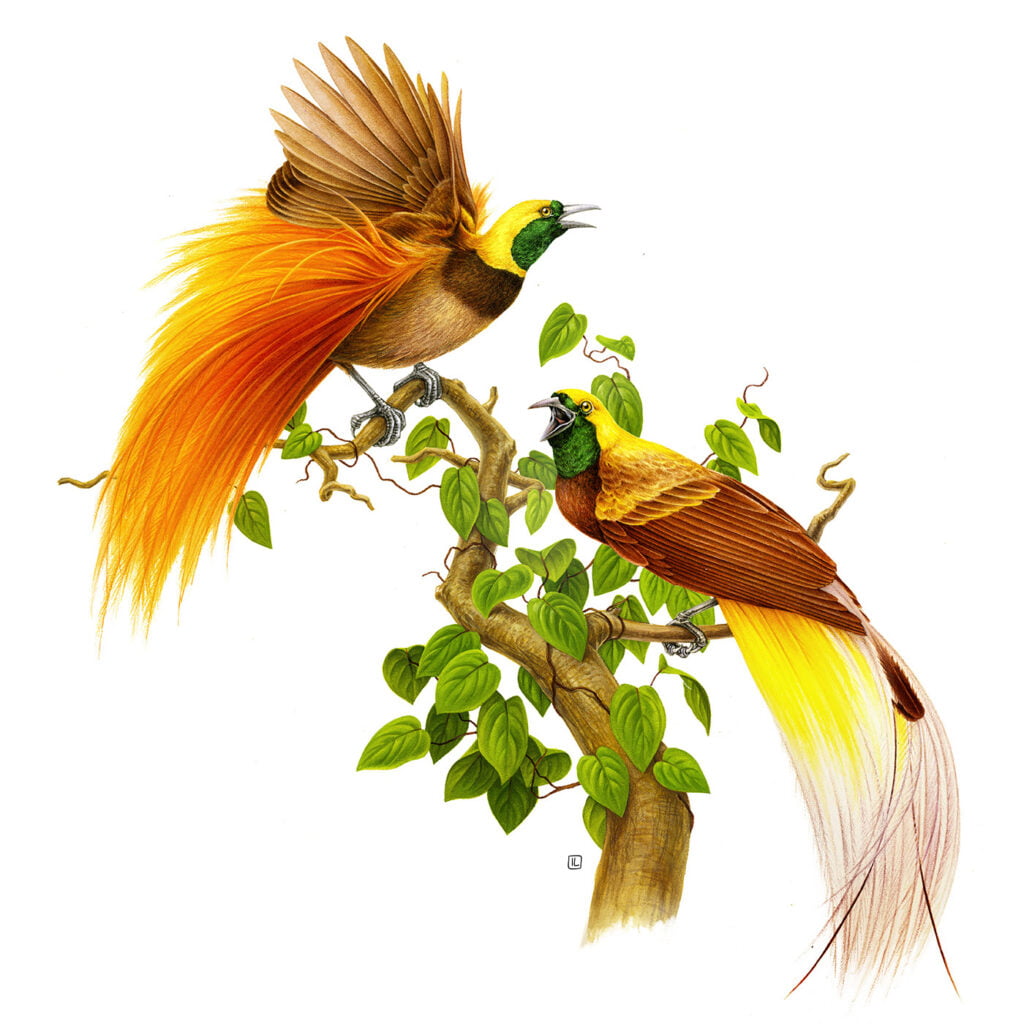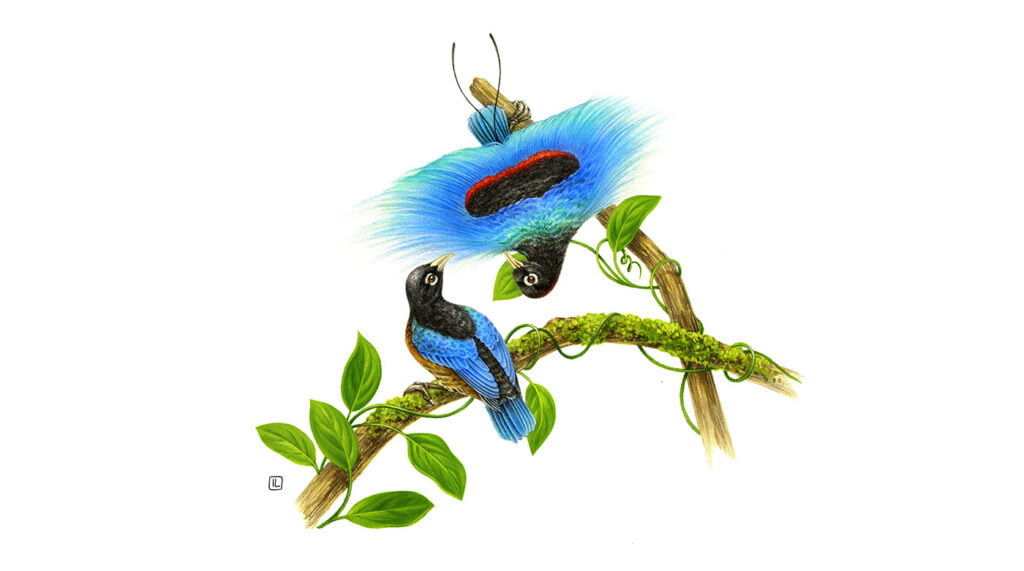The Art and Science of Bird Illustrations: Where Creativity Meets Precision
Birds have always fascinated humans with their beauty, grace, and extraordinary diversity. Throughout history, people have sought to capture the essence of these winged wonders through various forms of art, with bird illustrations emerging as one of the most popular and enduring mediums. While bird illustrations have an undeniable artistic appeal, they also play a crucial role in the world of science, aiding researchers, enthusiasts, and conservationists in understanding and preserving avian biodiversity.
A Brief History of Bird Illustrations
The roots of bird illustration can be traced back to ancient civilizations, where early humans depicted birds in cave paintings and on pottery. As societies developed, so did the art form, with illuminated manuscripts in the Middle Ages featuring intricate bird illustrations. However, it was not until the Age of Exploration that the popularity of bird illustrations soared.
During the 18th and 19th centuries, the study of natural history and taxonomy gained momentum. Explorers, scientists, and artists collaborated to produce detailed illustrations of birds from newly discovered regions. These illustrations were often part of comprehensive scientific publications, such as John James Audubon’s monumental “The Birds of America,” which remains a classic in ornithological art.

The Intersection of Art and Science
Bird illustrations, as a blend of art and science, require a unique set of skills. Artists who specialize in this field must have a deep understanding of avian anatomy, behavior, and habitats. Observing live birds and studying reference materials, such as photographs and specimens, are essential steps in creating accurate portrayals.
Illustrators also use various artistic techniques to infuse life and character into their work. Attention to detail, mastery of color, shading, and composition, as well as the ability to convey movement and personality, are all vital in capturing the spirit of each bird species. Striking the right balance between scientific accuracy and artistic expression is the hallmark of a successful bird illustrator.

Tools of the Trade
Traditional bird illustration techniques involved pencil and ink on paper, often followed by watercolors to bring the artwork to life. Today, digital tools have revolutionized the field. Artists use digital drawing tablets and specialized software to create stunning, high-resolution illustrations that can be easily reproduced and shared online.
Despite the advent of digital technology, many illustrators still cherish traditional methods. The tactile experience of putting pen to paper and the unique texture achieved with traditional media are aspects that some artists prefer to preserve.

Contributions to Science and Conservation
Bird illustrations serve as powerful educational and research tools in the world of science. Field guides, which often feature illustrations alongside informative text, aid birdwatchers in identifying species in their natural habitats. These guides are invaluable for both amateurs and seasoned birdwatchers, helping them distinguish between similar-looking species.
Moreover, illustrations play a significant role in documenting and cataloging avian biodiversity. In areas with limited photographic records, illustrations offer an alternative means of recording and sharing information about birds. They also come in handy when dealing with species that are difficult to photograph due to their elusive behavior or remote habitats.
Conservationists use bird illustrations to raise awareness about threatened and endangered species. Art has the power to evoke emotions and create connections, making illustrations a valuable tool in garnering public support for conservation efforts. Additionally, illustrations of extinct species serve as a reminder of the importance of preserving habitats and preventing further biodiversity loss.

Bird Illustration in the Modern World
In today’s fast-paced digital era, bird illustrations continue to captivate audiences worldwide. Social media platforms and online art communities enable illustrators to share their work with a global audience instantly. This accessibility has not only expanded the appreciation of avian art but also fostered a community of artists and enthusiasts who exchange knowledge and techniques.
Furthermore, the integration of bird illustrations into mobile applications has made bird identification and learning more accessible than ever. As technology advances, we can expect even more innovative ways to combine art and science for the benefit of bird conservation and appreciation.

Conclusion
Scientific bird illustrations represent a perfect marriage between art and science. Combining artistic creativity with scientific accuracy, these illustrations provide us with a deeper understanding of birds’ beauty, behavior, and ecological significance. As our world continues to evolve, bird illustrations remain an essential tool in promoting conservation, education, and appreciation for the avian wonders that grace our skies.



